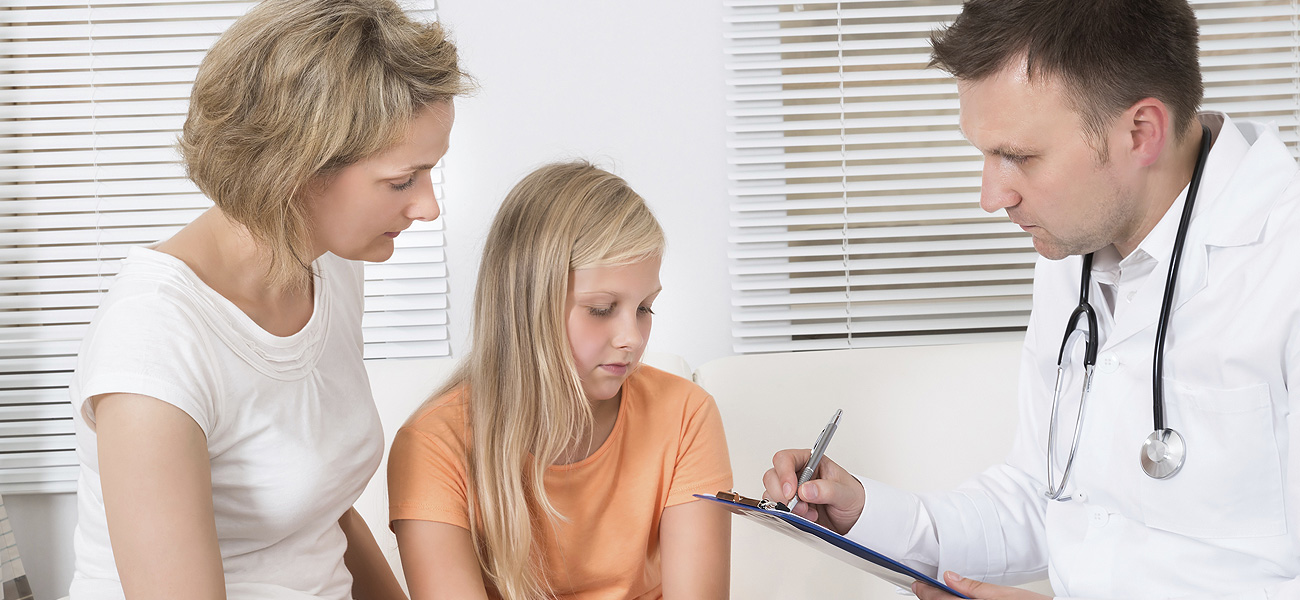Survivorship Workbook
Use this Survivorship Workbook to collect all the important information you need throughout diagnosis, treatment, follow-up care and long-term management of a blood cancer.
Once your child’s disease is in remission, the pediatric hematologist-oncologist will continue to monitor your child’s response to treatment and check for signs of relapse. Members of the healthcare team can also help manage any side effects that continue after treatment. It is very important to keep all follow-up appointments, even if your child is feeling well.
During the first year after treatment, your child will see members of the healthcare team frequently, but as time goes on, your child may need to be seen less often. Two years after the end of treatment, many childhood cancer survivors transition to receiving long-term, specialized care at a survivorship clinic with a survivorship program for your child that focuses on life after cancer. However, the timeline can differ based on your child’s unique needs and medical history. Coordination between your child's cancer specialists and pediatrician is essential to provide the best care. Survivors don't necessarily need a cancer specialist for routine checkups and screening, but they do need to see doctors who understand their previous treatment and its risks. Your child should visit his or her pediatrician or primary care physician at least once a year for a complete physical exam and any additional needed tests. Regular visits allow the doctor to:
- Assess the full effects of therapy
- Detect and treat disease recurrence
- Identify and manage long-term and late effects of treatment
Your pediatrician should also recommend a schedule for having your child's learning skills assessed. If your child appears to struggle with learning disabilities, special education methods can help.
Your child's follow-up doctor visits are now part of the "new normal,” and these appointments may cause anxiety for you and your child. It's common to worry before doctor's visits about whether the cancer has returned. Anxieties should lessen as time passes and your child has more "good" checkups.
Without a doubt, the new normal is a time of adjustment for parents and children. You begin to understand some of the ways life will be forever changed because of the cancer experience. With your help, your child will be able to see that he or she can move forward and grow with an enhanced understanding of self and life.
Talk with your treatment team about any fears you are feeling. Recognize that your fears and anxieties are a normal part of the healing process. Help your child talk about his or her fears, anxieties, anger and hopes with you and the treatment team.
 Read the PDF, Beyond Treatment, for more information on survivorship and life after treatment.
Read the PDF, Beyond Treatment, for more information on survivorship and life after treatment.
Guidelines
The Children's Oncology Group publishes a resource for clinicians called Long-Term Follow-Up Guidelines for Survivors of Childhood, Adolescent, and Young Adult Cancers, which you can download at no cost. You may find it helpful to read and discuss the guidelines with your child's treatment team. The guide provides recommendations for screening and management of potential late effects of treatment.
